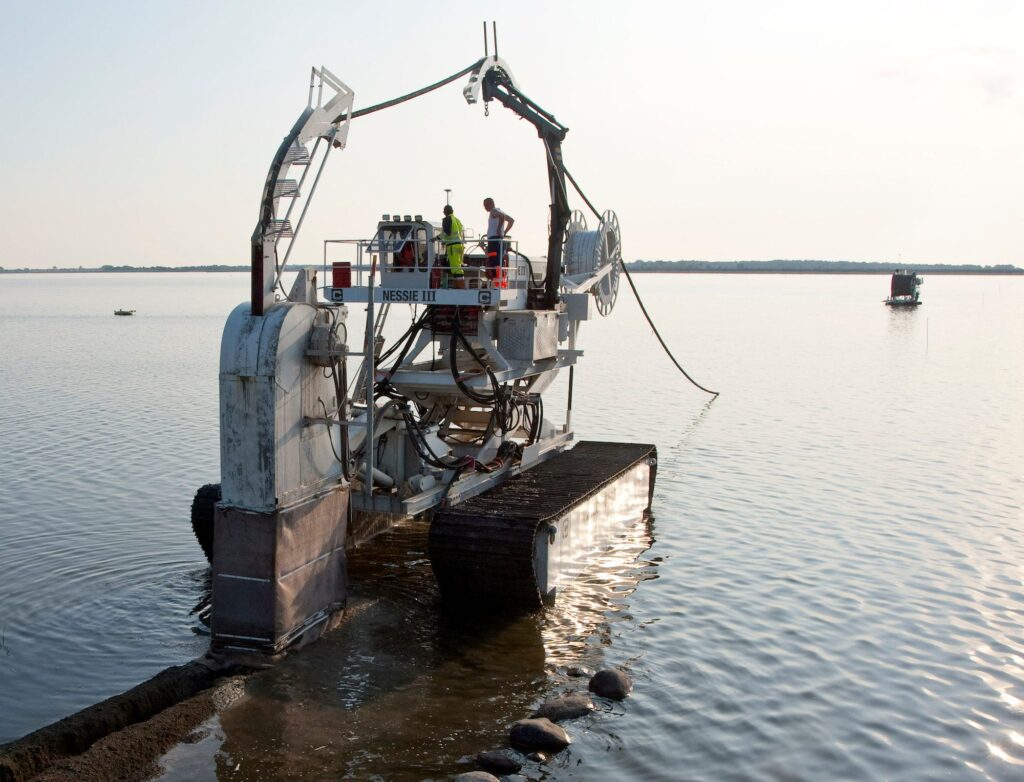- A NATO commander says sea cables and pipelines holding sensitive materials are vulnerable.
- Suspicious activity and instances of damage raise alarms about the potential threats from Russia, he said.
- NATO countries are using AI software, sensors, and more to protect vulnerable underwater networks.
Important deep sea cables and pipelines are at risk, warns NATO's Allied Maritime Command's deputy commander Vice Adm. Didier Maleterre.
"It's a security issue for nearly 1 billion NATO-nation civilians. We need to be protected and well supplied by our vital undersea infrastructures," Maleterre told the Guardian on April 16.
NATO allies have detected several instances of suspicious activity around underwater infrastructure within the past few years and the commander noted that the Russians have "developed a lot of hybrid warfare under the sea to disrupt the European economy, through cables, internet cables, pipelines."
Maleterre said that some of Russia's nuclear-powered submarines were built for hybrid warfare purposes, as may have been the case with a Russian sub that caught fire a few years ago. The commander's concerns come amid rising tensions between NATO.
"All of our economy under the sea is under threat," he said.
Last month, as the Ukraine war rages on, Moscow said that it planned to grow the number troops surveilling NATO member states' borders, taking up a similar stance it had during the Cold War.
Amid tensions, NATO countries have been scanning the waters extensively using sensors, satellites, various submarines, and other tools to identify culprits and protect underwater networks.
Maleterre emphasized that these underwater networks are extremely vulnerable to attacks.
"More than 90% of [the] internet is under the sea," he said. "All our links between the US, Canada and Europe are transmitting under the sea, so there are a lot of vulnerabilities."
There have been a number of suspicious incidents involving underwater infrastructure.
In October 2023, an unknown source damaged communication cables and a gas pipeline between Estonia and Finland. In February 2022, police investigators found that human involvement might have been the cause of damage to a Norwegian fiberoptic data cable. A year earlier, a lengthy section of cable disappeared.
One particular incident that garnered significant attention was the damage to the Nord Stream gas pipelines between Russia and Germany in September 2022. Western officials were quick to blame Russia but lacked evidence to prove the country's involvement in the incident. Ukraine has also been a potential suspect.
NATO officials have long expressed concerns about the threats to key infrastructure in the maritime space. In 2017, for instance, the commander of NATO's submarine forces, told The Washington Post that "we are now seeing Russian underwater activity in the vicinity of undersea cables that I don't believe we have ever seen."
He said that "Russia is clearly taking an interest in NATO and NATO nations' undersea infrastructure."
And with the Ukraine war, those concerns have been exacerbated. Last year, NATO's assistant secretary general for intelligence and security told reporters that "there are heightened concerns that Russia may target undersea cables and other critical infrastructure in an effort to disrupt Western life to gain leverage against those nations that are providing security to Ukraine."
